Sketching personalities
Edith Head and a few costume sketches from Hitchcock's To Catch a Thief (1955) that never made it to the movie
Before starting this week’s text, let’s have a quick book update: Barões de Tamancos will be available for general purchase on March 1, which is as soon as next Friday. While it will only be available in Portuguese for now, I will love to get each and every feedback.
“What we do is a cross between magic and camouflage. We ask the public to believe that every time they see an actress or actor that they are a different person.”
Edith Head declared this back in 19581.
When it comes to outfits - especially movie ones - they seem so prepared to communicate whatever idea(l) of the storytelling, that we often forget how long is the process to have a successful result. And, of course, when we think about successful cases, Edith Head is one of the first names to pop up on your head - during her 43-year-old tenure in Hollywood, her name practically became a synonymous for costume design and Oscar statuettes.
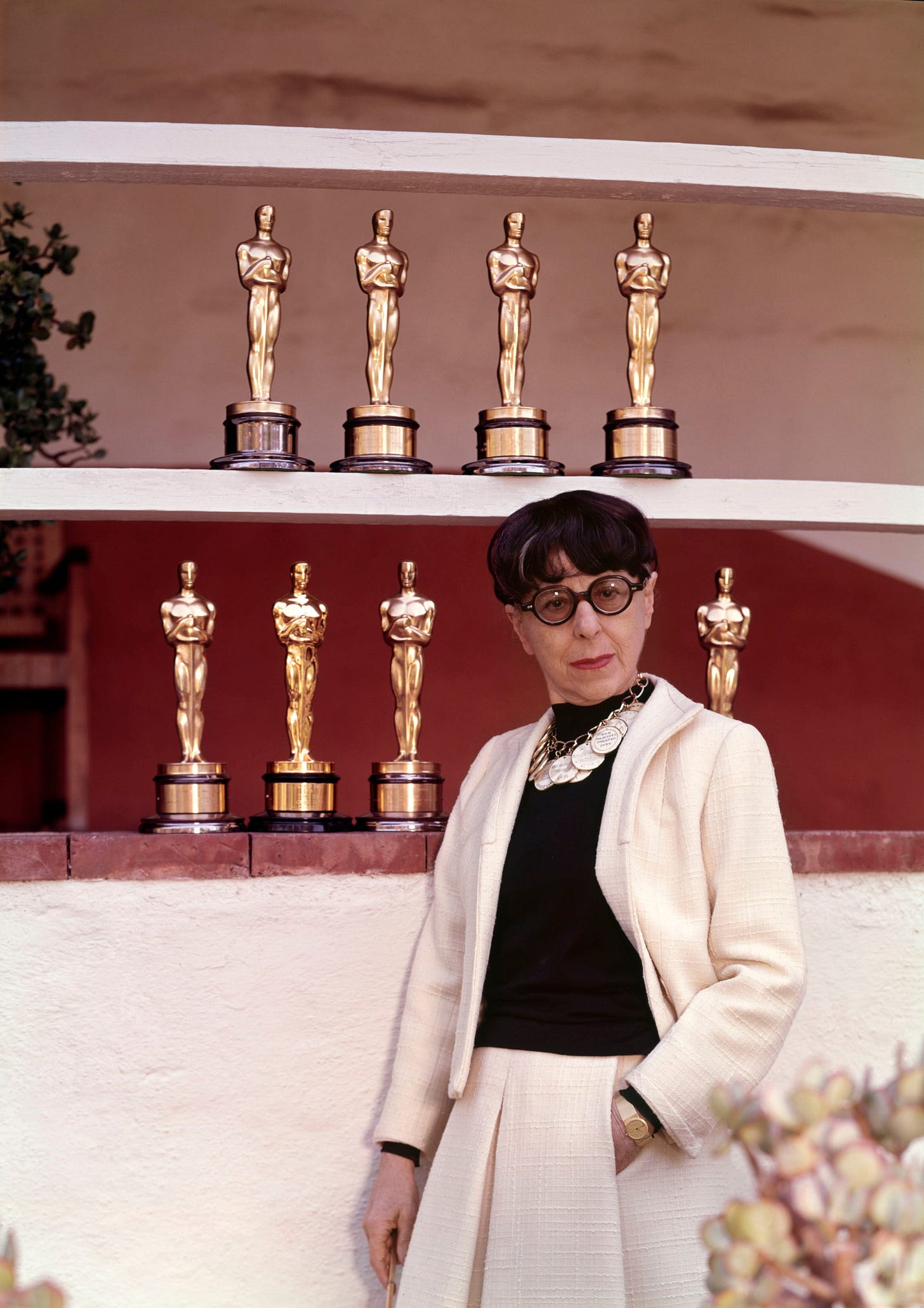
Character psychology that you can wear
Edith Head’s (very) wide portfolio contains so many interesting successful cases that it would be very easy to pick different pictures and provide you, dear readers, with a lavish amount of beauty on this Sunday. But Edith herself stated many times that a costume designer, contrary to a fashion designer, had no freedom whatsoever; this job was not about inventing new trends, or letting the imagination flow without boundaries. Rather, it is about reading a movie script and interpreting which outfit would ideally enhance the storytelling and the character’s features and context: “a transformation of a human personality into a specific screen character”. In this sense, the basis of the creation was already set, and the real challenge was to understand how to translate it visually: a task where “80 percent […] is psychology; only 20 percent of it is art”2.
So, it sounded way more interesting to deepen into Head’s process and consider the discarded sketches for one of her favourite projects: Hitchcock’s To Catch a Thief. Edith herself stated that this was her “happiest assignment and most elegant wardrobe” and indeed she was nominated for an Academy Award because of her work concerning the movie’s costumes.
But, way before any actual garment is made, the costumer deals with the “intangible problems” of each character (and each scene) through drawings - the sketches, wich will be discussed with other several movie professionals (director, art director, cameraman, color coordinator, etc). If some get approved, many of them get discarded, if only because it’s not possible to fit every idea into a movie3. So, if, in one sense, it all begins in the costumer’s mind, there is also a collaborative aspect when it comes to deciding which outfit is going to be approved. And, in this case, since we know which looks got approved, it is also interesting to check this groping process of the artist through different sketches.


To Catch a Thief: a sparkling case
When To Catch a Thief was launched, in 1955, Head and Hitchcock had been working together for almost 10 years4. And, if the script dictates what should be done in terms of outfit, Edith would also state that “there is something about a Hitchcock script that it doesn’t give you exactly what it wants, but when you will have read it, you know that he wants a certain look”. Set in the French Riviera, the movie’s plot follows the lead of John Robie, aka The Cat, a former burglar, as he gets involved into a possible jewelry theft.
Meanwhile, Grace Kelly plays Frances Stevens, an American heiress. If we take the idea of “understanding the script” seriously enough, we can see how these different sketches help us think: who is Frances? What is her take on the world? How does she intends to show up in different contexts? The three attemps deal with Frances’ age (young enough to wear a ribbon?), her intentions (old enough to look for a husband?) and her origin (wealthy enough to shine unapologetically?). Hitchock had a neat take about considering Frances an “ice princess”, and which colors would suit this personality. And the sketches are a living document, with annotations, considerations, signatures, questions.
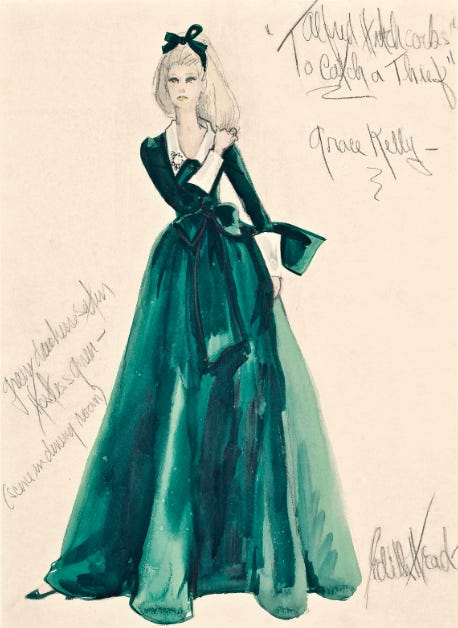

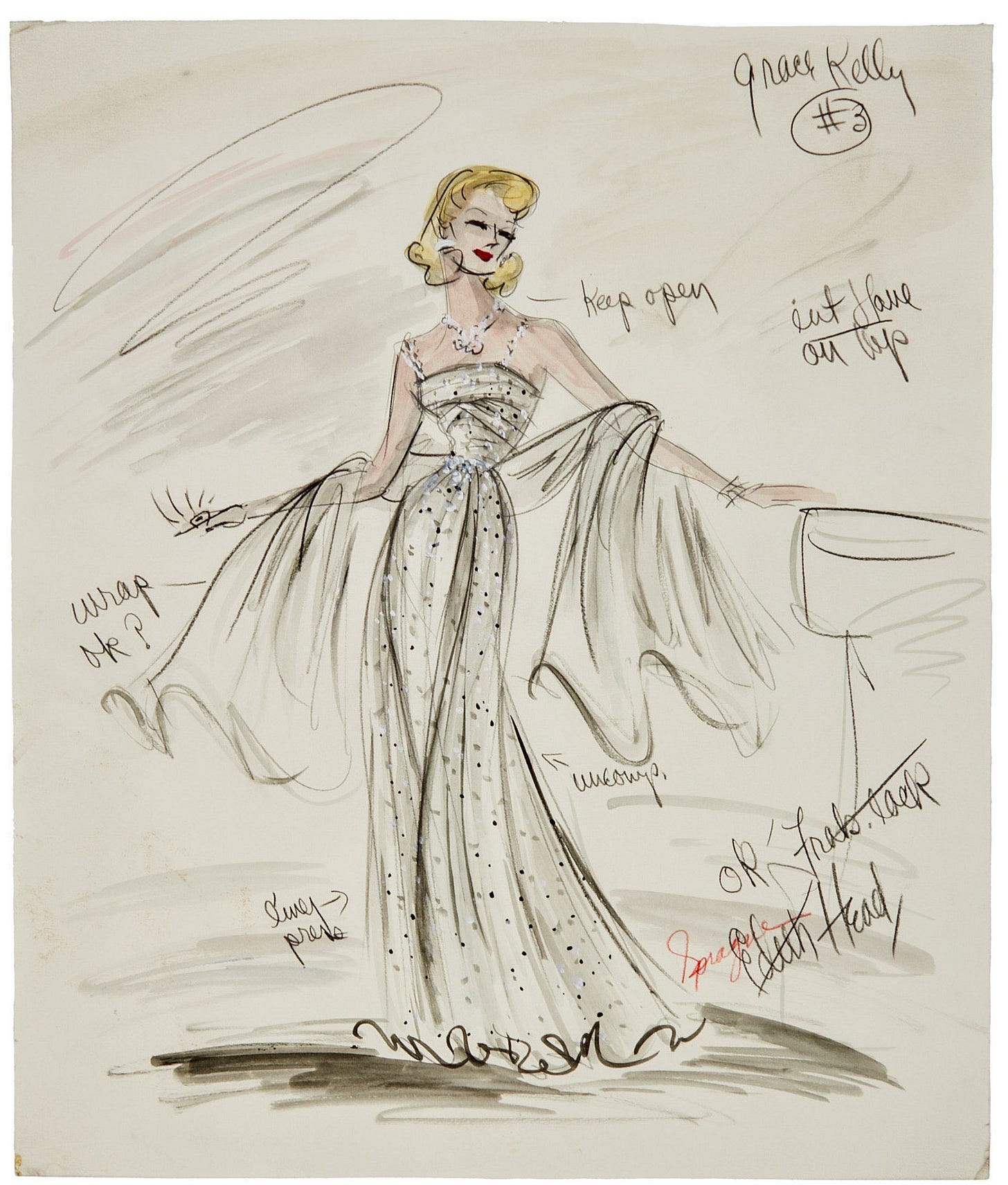
So, instead of taking a more predictable approach and choosing printed fabrics, embroideries or an avalanche of jewelery, two of the most well-known dresses of the movie consider that “less is more”. They are set into light colors (blue and white), with sleek or no straps. As an “ice princess” in her blue dress, Frances wears no jewelry at all.
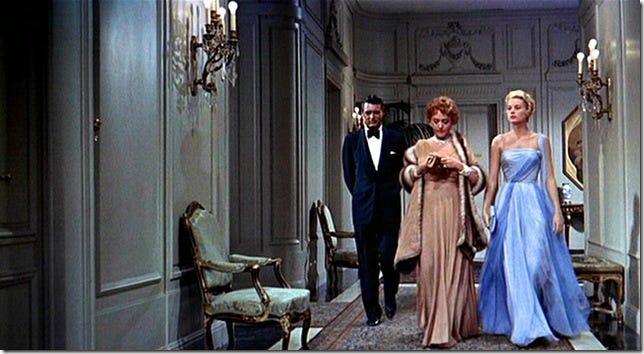
Interestingly enough, the two main actors of the movie, Grace Kelly and Cary Grant, took opposite decisions on how to develop their characters’ outfit. While Grace Kelly’s dress was the central creation of Edith Head, Cary Grant not only chose his clothing himself, but he chose different pieces that he would wear off the screen as well. He chose sweaters, loafers and even led himself to buy a red scarf on site, during the shooting.
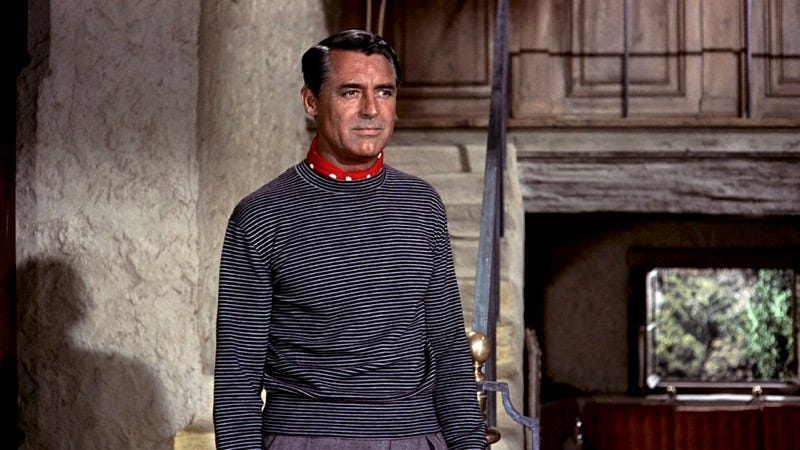

So I like to consider that this last sketch was a wink to get Kelly’s character closer to Robie’s style - black, sleek, with slippers. However, the dramatic tone of the scarf, the gloves and the shiny details of the jacket don’t let us forget about Frances’ wealthy background. Eventually, Kelly would wear a pink dress, and Grant would be in a suit, for this scene.
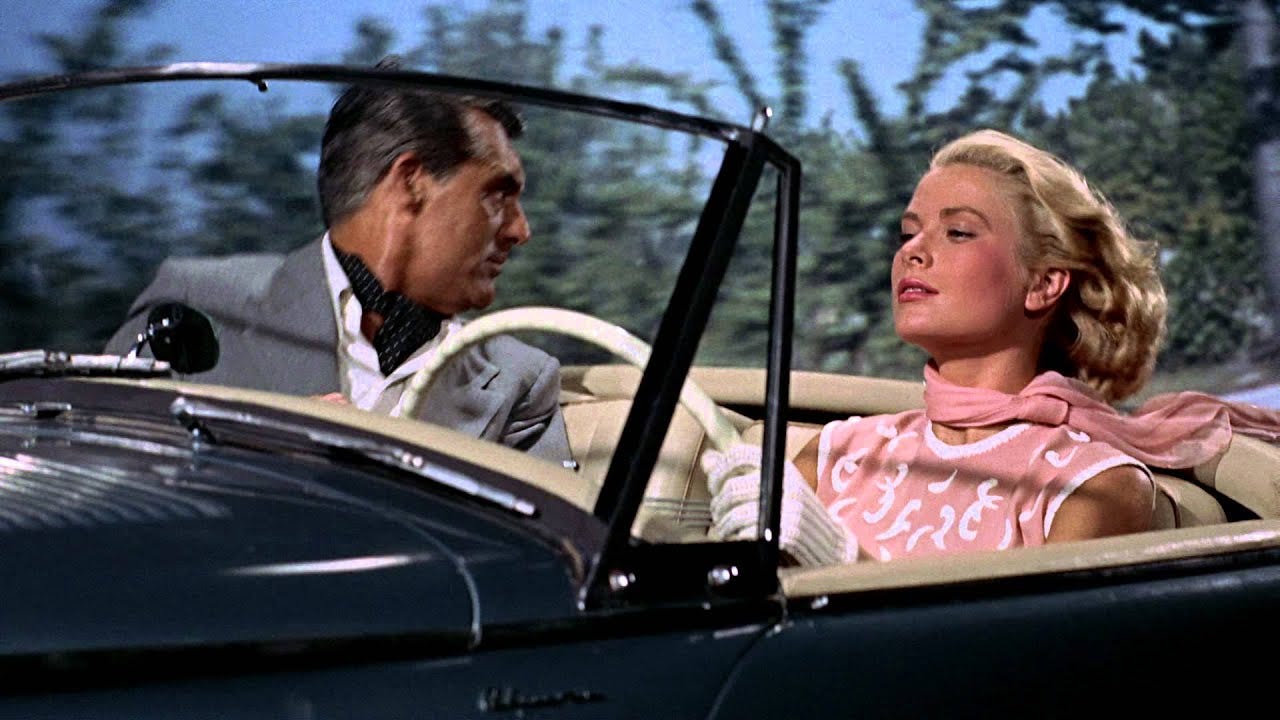
If I had to synthetize the evolution between the sketches and the movie’s final outfits, I’d choose the expression “minimize while keeping the same spirit”. Well, it did work: everything sounds so fresh that we hardly remember, today, that this is 1955 movie, don’t we?
Jorgensen, Joy. Edith Head: the fifty-year career of Hollywood’s greatest costume designer. Philadelphia and London: Running Press, 2010.
Powell, Sandy. Introduction, in : Jorgensen, 2010, p.13.
Several sketches from To Catch a Thief belong now to the archives of the Winsconsin Historical Society.
They first worked together in Notorious (1946).




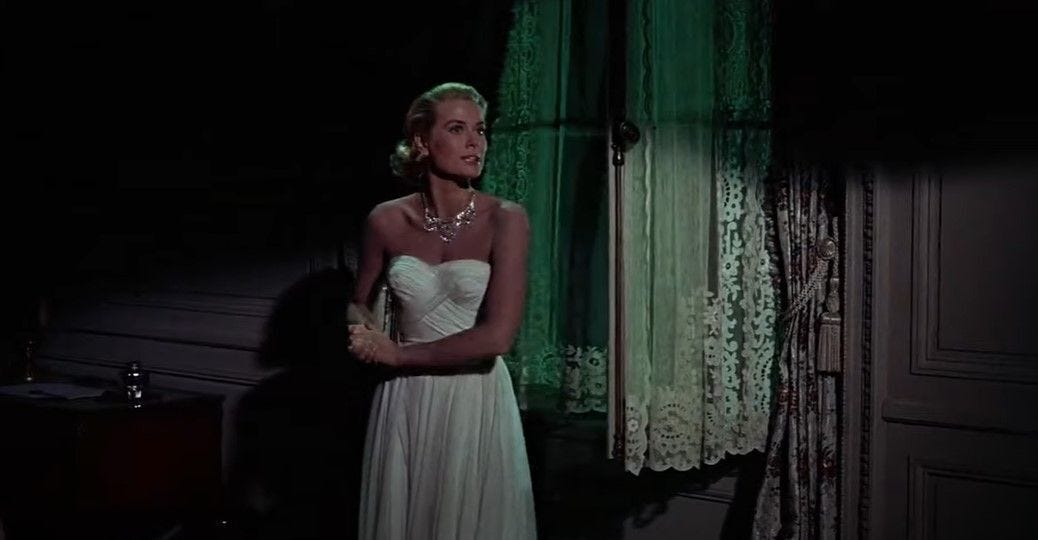
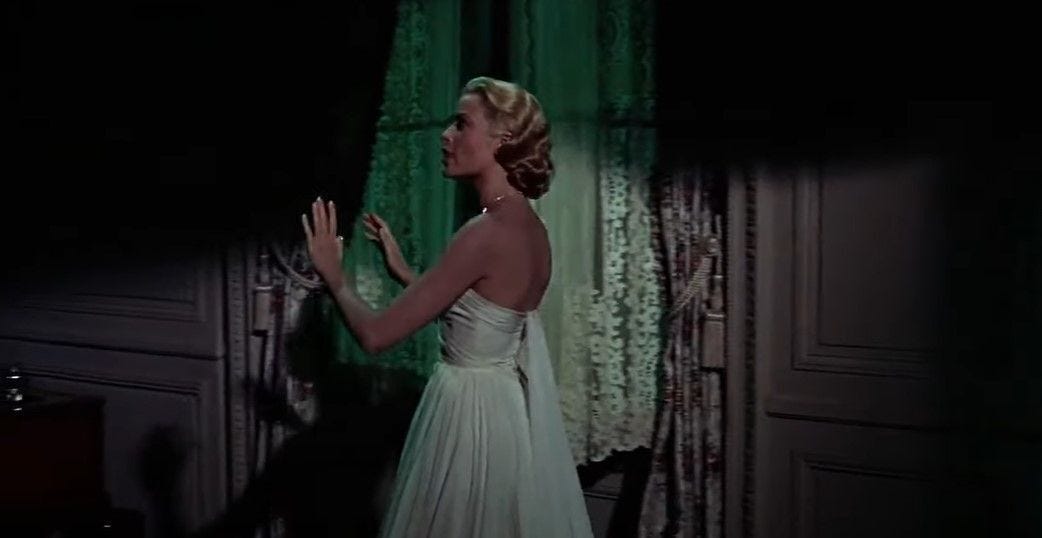
Hello, Cecília!
Nice to meet you!
A lot of beautiful people, all great stars,
It’s always marvelous to see Grace Kelly and Cary Grant, two actors who marked my childhood and young age.
About Edith Head, after we know who is she, impossible don’t admirate her talent, sensibility and good eye to translate the life showed in the movies.
Congratulations, Cecília!
Thank you!
Vilma